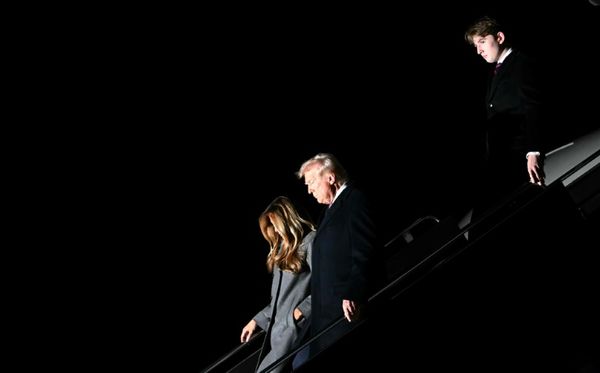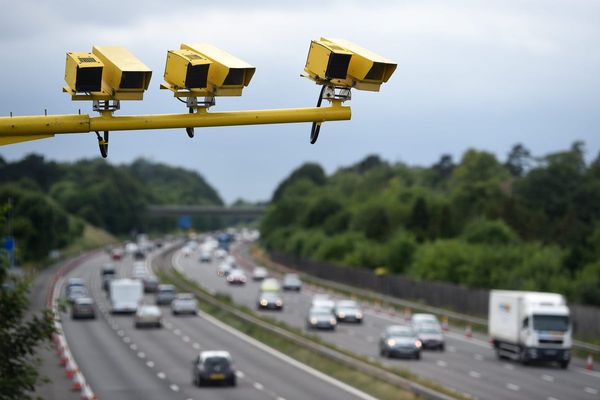
The authorities have banned drone flights in central London as part of the sweeping range of security measures being taken to protect the king’s coronation from possible disruption at lunchtime on Saturday.
The action comes a couple of days after two drones, most likely operated by pro-Ukrainian groups, managed to fly over presidential offices at the Kremlin in Moscow, the historic centre of Russian government.
Air traffic controllers issued a special notice to air missions (Notam) on Thursday banning drone flights below 2,500ft (760 metres) in a 2.5-mile radius from central London “as part of overall security arrangements” for the royal event.
Worries about drones closed Gatwick airport for a time in December 2018 after a series of reported sightings. Although it was unclear in that case if the drone threat was real, the incident acted as a spur for the anti-drone security industry.
Met police officers, responsible for coronation security, are expected to use radar systems to detect potential drones on Saturday, and are likely to be monitoring radio frequencies on which quadcopters and other remotely piloted vehicles can operate.
The force urged people to leave their drones at home - and warned anybody flying one was at risk of breaking the law. A Met police spokesperson said: “We have the capacity to detect unlawful drone use, to locate pilots and to seize equipment, and anyone found flying a drone may be fined or could face prosecution.”
A key challenge is to distinguish between birds and drones, according to James Longcroft, from Silent Sentinel, a surveillance camera maker. The idea is to lock a camera on to something picked up by radar to be sure whether it is a drone or not, and whether it could be armed.
Drone technology has been developing rapidly during the war in Ukraine, with both sides modifying simple quadcopters and light fixed-wing craft to carry grenades, as shown in dozens of battlefield videos released by both sides.
Industry experts said the shooting down of a rogue drone in London, as happened in Moscow on Wednesday, would be incredibly unlikely, given the obvious danger to the public of firing at an airborne craft.
Drones are normally brought to ground through jamming, though some sophisticated technology allows defenders to take control of them. Longcroft said in airports there was normally “a designated safe area where rogue drones are landed” if they can be controlled.
Anti-drone jamming guns can also be pointed at drones to down them, and industry sources said the Met had bought some, although a problem can be that small grey drones are hard to see clearly from the ground. One of the guns was deployed in late March at the Australian Grand Prix to protect the pit lane area from overflights.
Countering drone threats is the strategic responsibility of MI5’s National Protective Security Authority, which tries to work out the best technologies to use, but police forces such as the Met and private businesses actually use them.
Mark Radford, the chief technology officer from Blighter Surveillance Systems, which makes radar detection systems, said that while drone and anti-drone technology was evolving rapidly, “the public can be confident the skies will be safe”.







